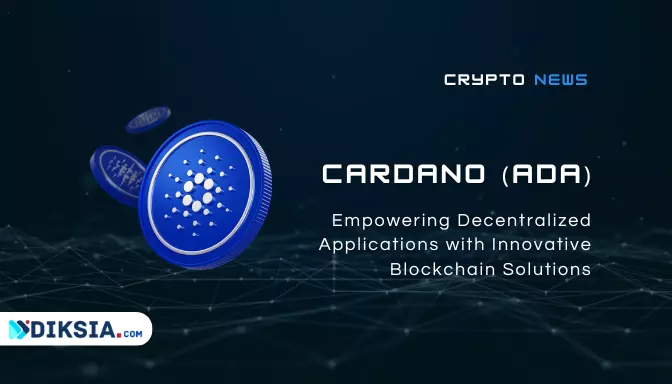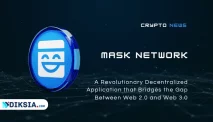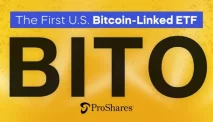The development roadmap for Cardano includes a number of upcoming features, such as:
- Shelley: This upgrade will introduce staking to Cardano, which will allow users to earn rewards for securing the network.
- Goguen: This upgrade will introduce smart contracts to Cardano, which will allow developers to build decentralized applications on the platform.
- Basho: This upgrade will focus on scalability and performance improvements.
- Voltaire: This upgrade will introduce governance features to Cardano, which will allow users to have a say in the future of the platform.
Who Are the Key People Behind Cardano?
Apart from Charles Hoskinson, key individuals and organizations involved in the development of Cardano include IOHK (Input Output Hong Kong), Emurgo, and the Cardano Foundation. IOHK is responsible for the development and maintenance of the Cardano blockchain, while Emurgo focuses on commercial adoption and business partnerships. The Cardano Foundation promotes the adoption of Cardano and supports the community.
Cardano Technology
What is the Underlying Technology of Cardano?
The underlying technology of Cardano is based on the Ouroboros proof-of-stake consensus algorithm. This algorithm is more energy-efficient than the proof-of-work consensus algorithm used by Bitcoin and Ethereum. Cardano is also built on a foundation of sound mathematics. This makes it a more secure platform.
Cardano utilizes a layered technology stack that includes the Cardano Settlement Layer (CSL) and the Cardano Computational Layer (CCL). The CSL handles ADA transactions and the transfer of value, while the CCL enables the execution of smart contracts and the development of decentralized applications.
How Does Cardano Work?
Cardano works by using a network of nodes to verify transactions. These nodes are rewarded for their work with ADA, the native cryptocurrency of the Cardano platform. The Ouroboros consensus algorithm is used to select which nodes will be responsible for verifying transactions.






